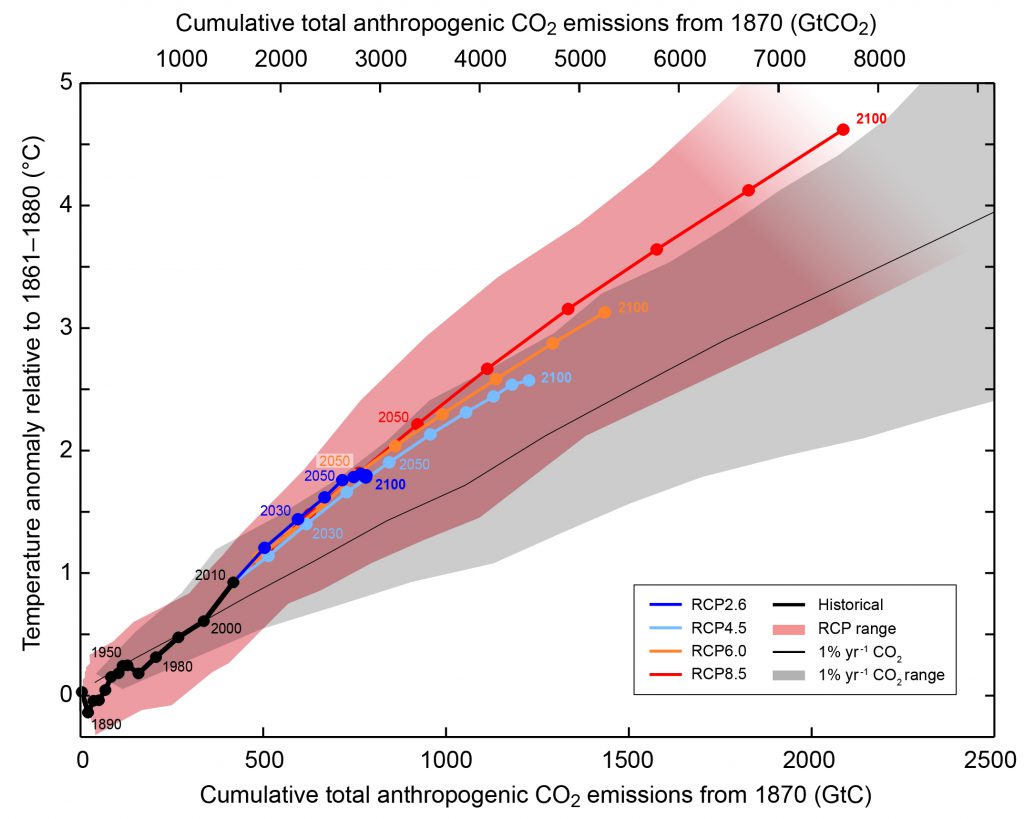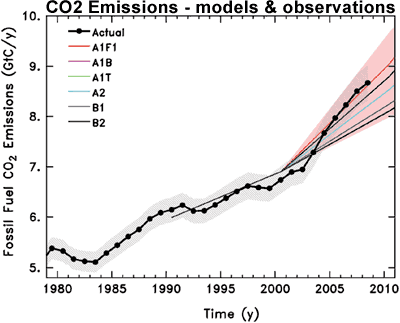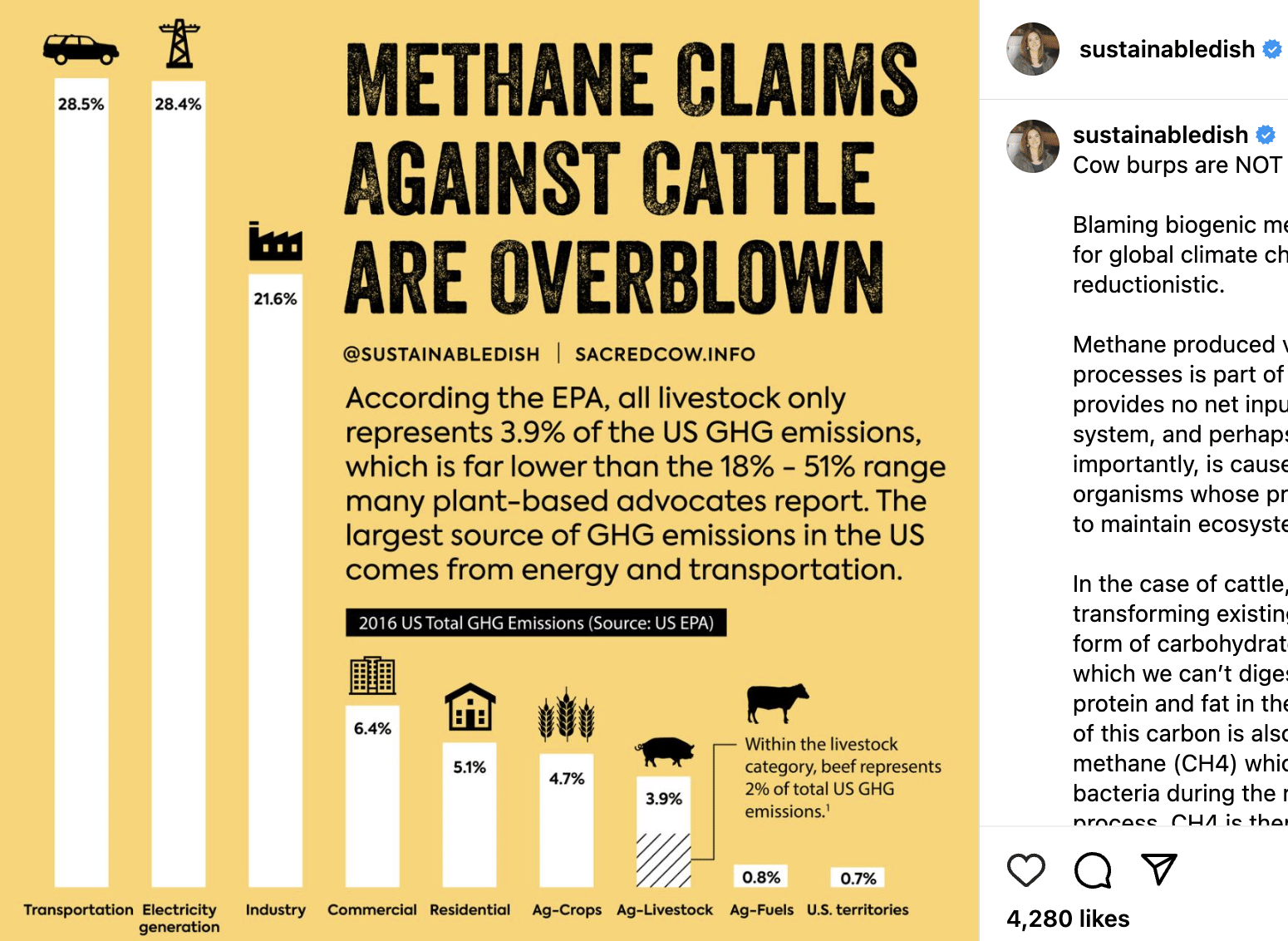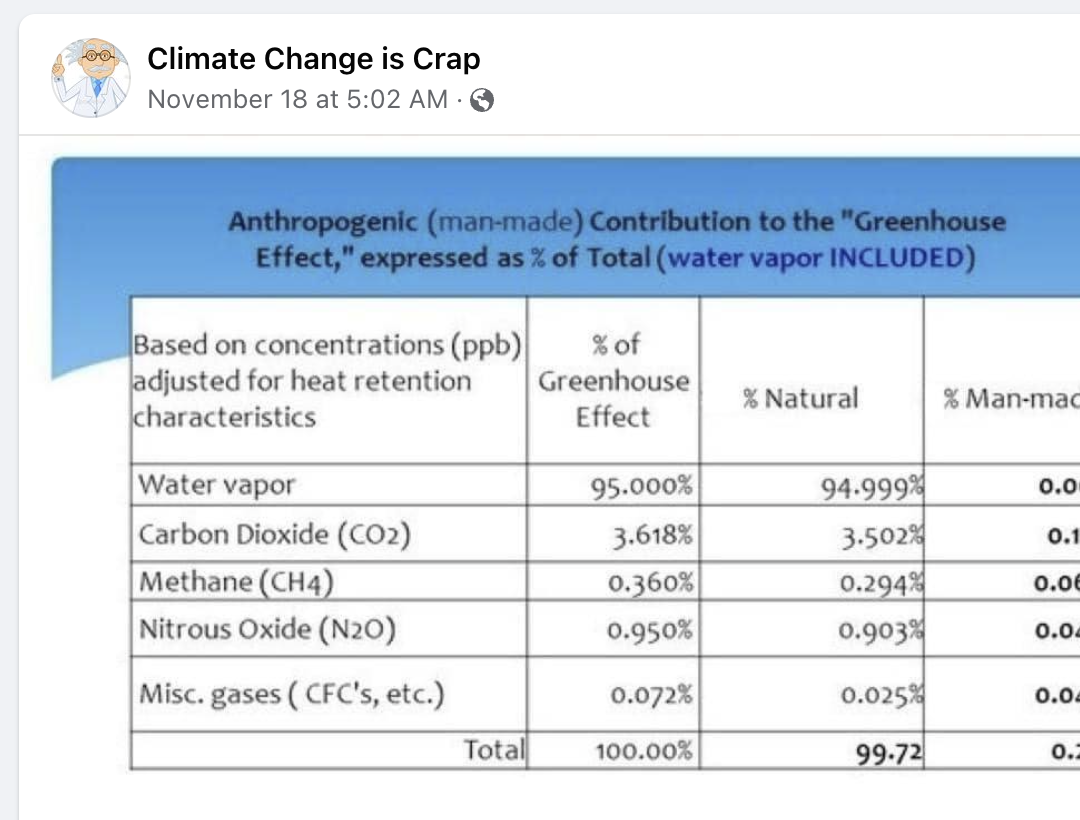- Climate
Analysis of "James Lovelock: ‘Before the end of this century, robots will have taken over’"
Reviewed content
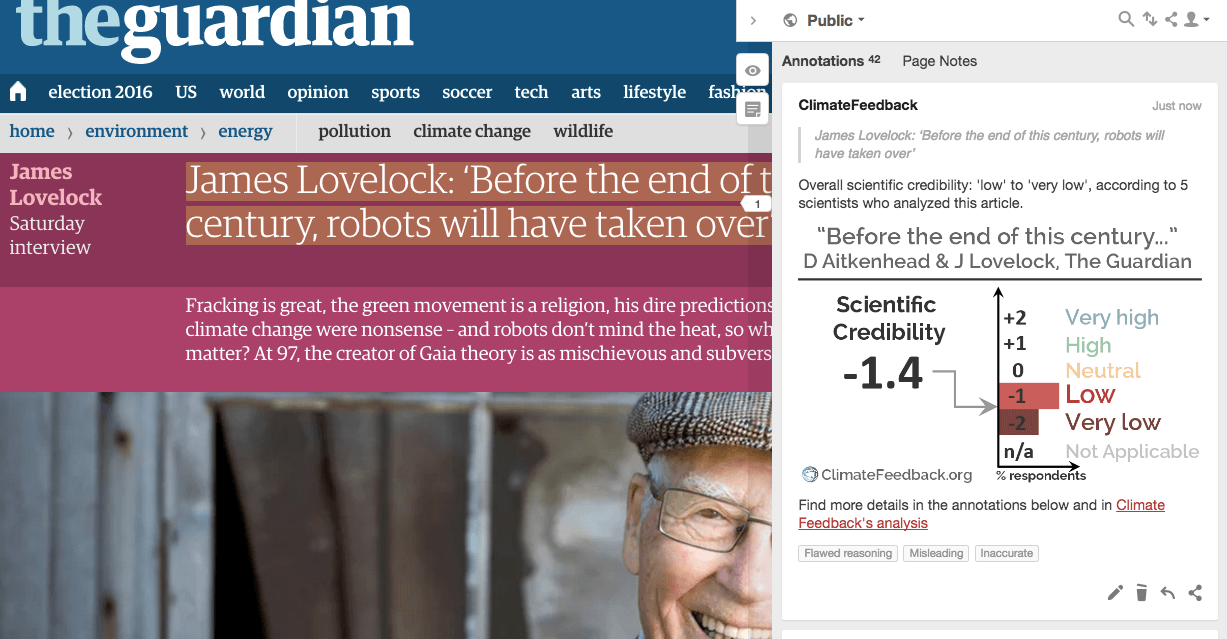
Published in The Guardian, by Decca Aitkenhead, James Lovelock, on 2016-09-30.
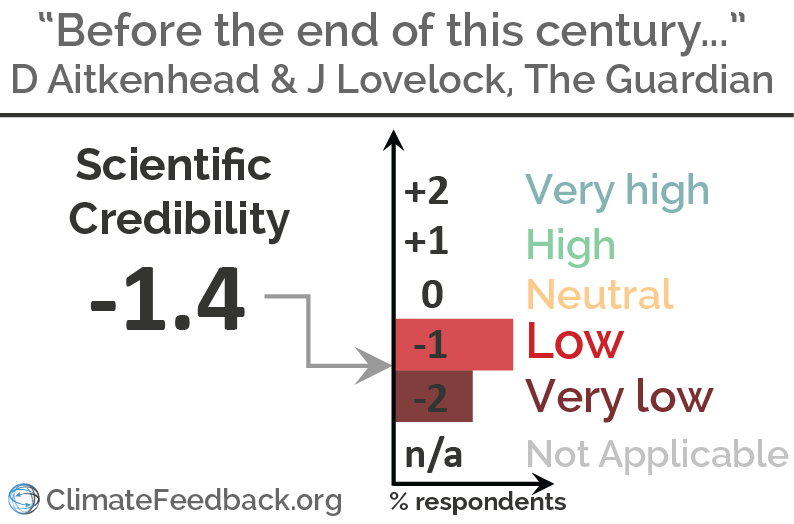
Scientists’ Feedback
SUMMARY
The Guardian interviewed James Lovelock (who is promoting a new book) about his speculations on Earth’s future. While the article largely features Lovelock’s subjective opinions about the future, it also contains statements about climate science and climate change that reviewers find inaccurate and unsupported by current science.
The article does not inform the reader when Lovelock’s opinions and extraordinary claims are at odds with the conclusions of science that are based on a wealth of empirical data.
See all the scientists’ annotations in context
GUEST COMMENTS

Director of Climate and Energy, The Breakthrough Institute
It is hard to evaluate this article, as it’s an interview rather than any specific statement of fact by the author. However, the interviewee James Lovelock makes a number of misleading, unsupported, or outright incorrect statements about climate science which largely go unchallenged. While the article presumably faithfully reports Lovelock’s opinions, when those opinions are couched as scientific statements more pushback (or at least nuance) might be warranted.
REVIEWERS’ OVERALL FEEDBACK
These comments are the overall opinion of scientists on the article, they are substantiated by their knowledge in the field and by the content of the analysis in the annotations on the article.

Professor, Victoria University of Wellington
Some interesting ideas, but this is largely a flight of fancy, not grounded in the science of climate change.
The quotes on climate change (e.g. sea-level rise, CO2 emissions) do not reflect the current state of the scientific literature at all.

Senior Scientist, Carnegie Institution for Science
Jim Lovelock is a creative and original thinker who has had many great ideas and who has made many important contributions over his career. Creative people have great ideas by having many ideas and then filtering out the ideas that are not so great. Many very creative people are better at the idea generation stage than the idea filtering stage.
The journalist did not balance Lovelock’s statements with a set of clear statements saying that the vast majority of informed climate scientists (as, for example, represented by the IPCC reports) have reached consensus on conclusions that are diametrically opposed to what Lovelock is saying, and that the IPCC scientists have backed up their statements with a wealth of empirical data, whereas Lovelock is largely opining without providing any substantive evidence to support his rather extraordinary claims.
Extraordinary claims demand extraordinary evidence, and Lovelock has not even come up to the standards of providing what the scientific community would consider to be ordinary evidence.

Assistant Professor, University of Virginia
Inaccuracies and a lack of reference to scientific findings result in an article that is purely opinion-based and extremely misleading.
Notes:
[1] See the rating guidelines used for article evaluations.
[2] Each evaluation is independent. Scientists’ comments are all published at the same time.
Key Take-aways
The statements quoted below are from James Lovelock; comments and replies are from the reviewers.
” ‘CO2 is going up, but nowhere near as fast as they thought it would. The computer models just weren’t reliable.’ ”

Senior Scientist, Carnegie Institution for Science
This statement is just plain wrong. Atmospheric CO2 content has recently surpassed 400 ppm and this rate of increase is in line with model projections.
This graph from the IPCC’s Summary For Policymakers shows that CO2 is actually at the medium to higher end of the projected changes:
Figure: Global mean surface temperature as a function of cumulative total global CO2 emissions from multi-model results for various emissions scenarios (coloured lines) and observations (black line).

Director of Climate and Energy, The Breakthrough Institute
Lovelock seems rather confused on this point. CO2 has actually gone up a bit faster than the Intergovernmental Panel on Climate Change (IPCC) predicted back in the Fourth Assessment Report:
But modeling CO2 concentrations isn’t really that complicated (at least in the short term), and not a big focus of the IPCC and climate modelers. Rather, they use a number of different future emission scenarios reflecting different paths society could take to estimate the future warming, sea level rise, precipitation changes, and other more complex emergent properties of the climate system. Lovelock seems to be mixing up CO2 concentrations with temperatures, but even temperatures have been well within the range projected by models.
” ‘Anyone who tries to predict more than five to 10 years is a bit of an idiot, because so many things can change unexpectedly.’ ”

Director of Climate and Energy, The Breakthrough Institute
Actually, scientists have a reasonably good track record at predicting changes to the Earth’s climate so far. For example, in 1981 NASA scientist James Hansen and colleagues predicted that continuing CO2 emissions would warm the earth 0.4 °C by 2010. In reality, 2010 temperatures were about 0.5 °C warmer than in the early 1980s. Similarly, our climate models generally do a good job of reproducing the range of temperature change (and variability) seen in observational data:
” ‘and it’s only got to take one sizable volcano to erupt and all the models, everything else, is right off the board’ ”
Volcanic eruptions do have a cooling effect, but the effect is temporary (the aerosol has a lifetime of about a year, with a recovery period of up to a decade), so you’d need a Pinatubo to go off every couple of years (which is not too likely to happen) and that would still not be enough to counteract the climate response to the increase in CO2 emissions.
There is a lot of literature looking at the effect of volcanic eruptions in climate models*, which shows the impact on sea-level rise, which is a small temporary sea-level fall, followed by a recovery over a decade or so.

Director of Climate and Energy, The Breakthrough Institute
Volcanoes have a sizable impact on the climate, but a relatively short-lived one. The impact of a large volcano like the Pinatubo eruption in 1991 will cool the climate for a few years, but after five years or so the system would revert to nearly the same state it would have been without the eruption*. It would take a supervolcano or a large period of extended volcanism to seriously disrupt our modeled scenarios, and these sort of events are relatively rare (the odds of them happening in the next 100 years are very small).
Some climate models do actually have volcanoes of various sizes stuck in randomly in the future (since we can’t really predict future volcanism apart from assuming it occurs at roughly the same rate as we’ve experienced in the past), but the inclusion of these don’t really change the expected warming or other climate impacts in the next century.

Professor, Victoria University of Wellington
This is completely untrue. In terms of CO2 emissions, all the volcanic eruptions in the world combined put less than 1% of human CO2 emissions into the atmosphere every year. A large volcanic eruption in the tropics can cool the climate significantly for a couple of years (such as Mt Pinatubo in 1991) but climate models capture this extremely well.
“Even more heretical than his enthusiasm for fracking is Lovelock’s passionate support for nuclear power.”

Director of Climate and Energy, The Breakthrough Institute
Here Lovelock is less heretical than he thinks; most future energy scenarios that meet aggressive climate goals show an expansion of nuclear energy, particularly in countries like China. There is something of an open question whether Nuclear will remain cost-competitive with other near-zero carbon technologies, however, given how quickly the costs of these technologies have fallen:
Source: energy.gov
” ‘Let’s see … I think uranium that is affordable to extract would last about 50 years, something in that range. It might be 100. When you’ve used all that up, you go to thorium, and that would last you three times as long as uranium—so, shall we say, about 200 years?’ ”

Senior Scientist, Carnegie Institution for Science
It is true that conventional uranium resources are insufficient to power civilization for the long-term. However, innovative approaches are making uranium extraction from seawater look increasingly attractive economically. Cost-effective uranium extraction from seawater could power civilization for a very long time. That said, the Sun will also last a very long time, so solar power also makes a lot of sense, especially if we could develop good energy storage or global-scale electricity grids that could wheel power to the night side of the Earth.
” ‘You see, gas in America is incredibly cheap, because of fracking,’ he says. But what about the risk of triggering earthquakes? He rolls his eyes.”

Director of Climate and Energy, The Breakthrough Institute
Lovelock is correct that hydraulic fracturing has played a large role in driving down U.S. natural gas prices. He also states a reasonable position that some of the opposition to “fracking” has been based on scientifically-dubious claims. That said, there are certainly best practices that the industry could apply to minimize drinking water contamination as well as seismic activity (which is primarily associated with wastewater disposal wells rather than fracturing per se).
Where fracking gets more complicated is in its climate impact. While we are very likely better off if we are replacing coal with gas, it’s hard to make the case that a large buildup of gas infrastructure is consistent with meeting our aggressive climate goals, at least in developed countries like the United States. For more details, see this recent Yale Climate Connections article.

Assistant Professor, University of Virginia
There is a big misconception about the trigger of recent earthquakes in Oklahoma. Fracking in the United States has been used for several decades. However, the disposal of waste water into the subsurface has been directly linked to the recent earthquakes in Oklahoma. A quick google scholar search on “Oklahoma earthquakes” will bring up numerous articles that demonstrate this point. My family has lived in Oklahoma for decades and I can tell you first-hand that the increase in number of >3.0 magnitude earthquakes is unprecedented in the past 8 years.
” ‘You’ve only got to look at Singapore. It’s two-and-a-half times higher than the worst-case scenario for climate change, and it’s one of the most desirable cities in the world to live in.’ ”
There is a study by Cannaby and colleagues from the UK Met Office on sea-level rise around Singapore*. They talk about vulnerable regions within 2 m of the sea level, and find a ‘worst-case’ sea-level rise of 0.74 ± 0.29 m by 2100, so I’d say this statement is not correct.

Senior Scientist, Carnegie Institution for Science
I am not sure I understand Lovelock’s point about Singapore. Singapore is a relatively wealthy, urbanized country, with an economy that is not highly weather dependent. One would expect Singapore to be able to adapt to temperature changes with far greater ease than would a poor agrarian economy. Also, several studies have projected massive increases in sea-level as a consequence of climate change. Most of Singapore is within 15 meters of sea-level. Thus, if CO2 emissions continue, we can expect most of Singapore to be underwater within a few centuries.

Assistant Professor, University of Virginia
Desirability of a location has nothing to do with how safe it is from the effects of climate change.
“His Gaia hypothesis, which contends that the earth is a single, self-regulating organism, is now accepted as the founding principle of most climate science […]”

Professor, Victoria University of Wellington
This is going a bit far. The Gaia gave many scientists food for thought, and a new way of thinking about the climate system in a holistic way, but it is hardly the “founding principle” of most climate science. That remains the physics of fluid flow and heat transport, plus chemistry and biology, etc.

Assistant Professor, University of Virginia
Climate science is based on physical, biological, and chemical processes. There are feedbacks between these processes such as biological consumption of atmospheric CO2 by photosynthesis. However, the idea of a self-regulated Earth system due to biological activity is not a common principle of climate science.
“Before the end of this century, 80% of the world’s population would be wiped out.”

Director of Climate and Energy, The Breakthrough Institute
The late Stephen Schneider, one of the giants of modern climate science, once said that in his opinion “the ‘end of the world’ and ‘good for you’ are the two lowest probability outcomes” when discussing climate change. Lovelock seems to be swapping from one extreme largely unsupported by the bulk of existing scientific evidence to the opposite. In reality, our best evidence suggests that unmitigated climate change would be very detrimental to society (and the natural world), but that we can address it through difficult concerted action. The worst potential outcomes of climate change occur in scenarios where CO2 triples relative to pre-industrial levels, and while we still have a long way to go, the actions that countries around the world committed to in Paris will help avoid some of the most disastrous outcomes.
” ‘Well, [the green movement is] a religion, really, you see. It’s totally unscientific.’ ”

Assistant Professor, University of Virginia
The ability of greenhouse gases to trap heat in the atmosphere, the fact that loss of ice decreases how much energy is reflected from Earth’s surface back to space, and ocean acidification due to uptake of CO2 into the ocean are all scientifically explained by chemical and physical processes. I am sure there are different definitions of “the green movement”, but any action that “the green movement” can advocate for reduced greenhouse gas emissions has the potential to alter the physical, chemical, and biological processes that cause warming.

